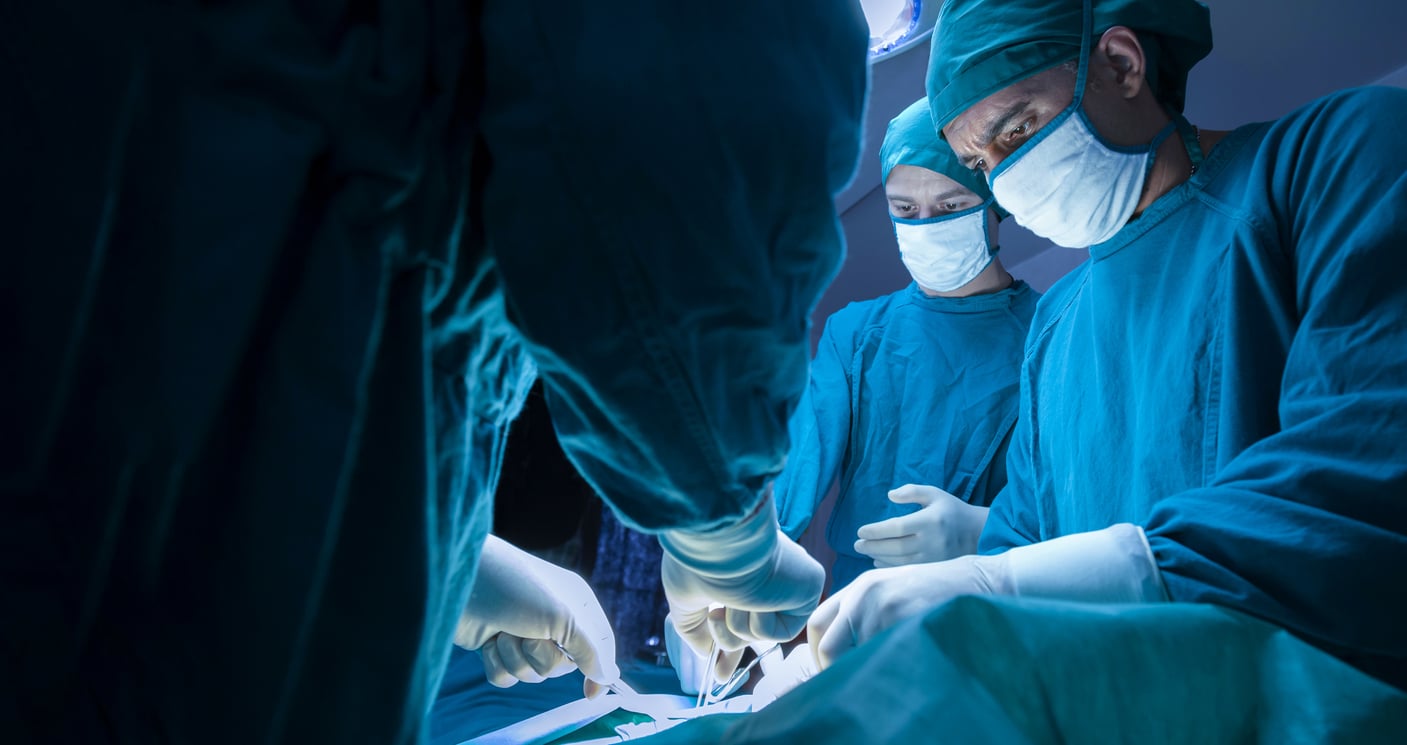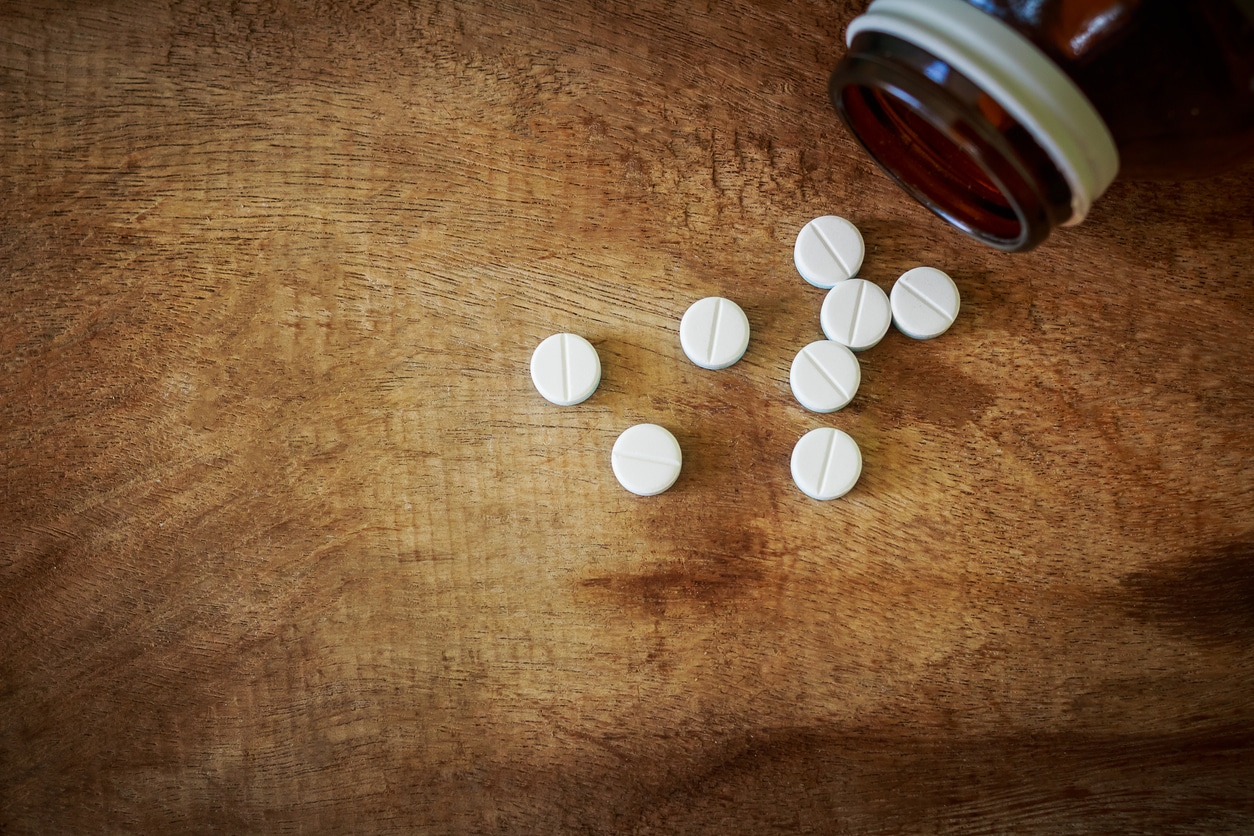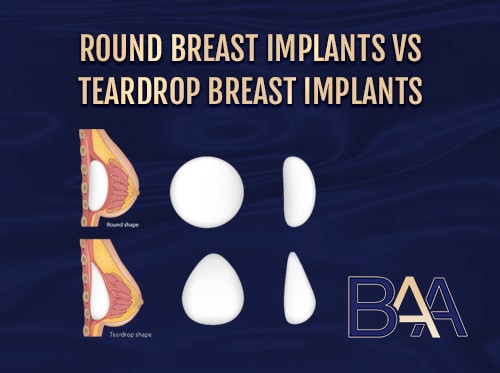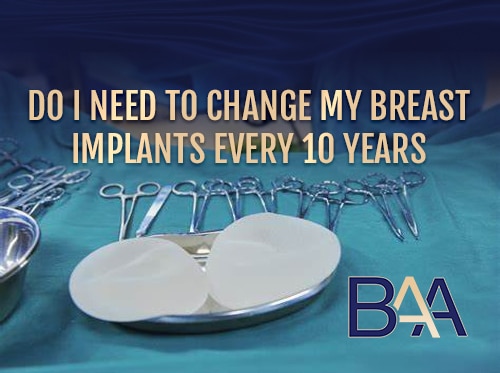Reducing Bruising and Swelling after Breast Augmentation
To achieve optimal results and alleviate discomfort and pain, it’s crucial to minimise bruising and swelling after breast augmentation surgery.
Bruising and swelling are among the common side effects associated with breast augmentation. Ideally, after breast augmentation, you can reduce swelling by applying cold compresses to your surgical site. Use towel-covered ice packs or frozen peas for 15 minutes intervals, with 20-minute breaks between the application. Repeat several times a day for optimal results.
What Causes Swelling After Breast Augmentation?

Swelling after breast surgery is a normal occurrence. Ideally, this is the body’s inflammatory response to trauma experienced by the breast tissue during the procedure.
Inflammation is the body’s defence against injury, infection, or harmful stimuli. When tissues are damaged, immune cells and chemical mediators are released and sent to repair and regenerate the damaged area. This leads to increased blood flow to the affected area, which causes the tissue to become red, warm, and swollen. Inflammation is intended to isolate the injured area, remove damaged cells, and initiate the tissue repair process.
During breast surgery, the patient might experience variable bruising contributing to additional swelling. But how do bruises come to be? Bruises form when blood collects around broken blood vessels and incisions. The more bruising occurs, the more swelling one can expect.
However, apart from the normal swelling and bruising, there are instances of abnormal swelling that require attention. Two common examples are Haematoma and seromas:
Haematomas
This is a localised collection of blood outside the blood vessels. It can occur when there is significant bleeding during or after surgery. It can also form when a blood clot forms in a blood vessel and blocks the blood flow to a tissue or organ, causing excessive swelling and discomfort. The patient may need the surgeon to drain it to promote proper healing. It is essential to note that hematoma can cause pain, pressure, and lumpiness in the affected area. It can also increase the risk of infection, wound dehiscence, and lymphoedema.
Seromas
These fluid collections develop under the skin where tissue has been removed or manipulated during surgery. These fluid-filled sacs may cause persistent swelling and prevent the tissues from healing. They can also form when fluid form from inflamed tissues seeps into a space created by the surgery. Like hematomas, seromas can cause pain and lumpiness in the affected area.
How Long Do Bruising and Swelling Last After Breast Augmentation

Swelling is common after breast surgery. The time taken for bruises and swelling to disappear differs for different women. It may last between 7- 10 days after surgery. But ideally, 80% of breast swelling after surgery will disappear within 3 to 4 weeks. The swelling usually peaks in the first three to five days and may cause discomfort and pain.
Typically, after one week, the surgeon may remove any stitches or tubes used during the procedure. Swelling and bruising should gradually decrease over time. It can take up to six to eight weeks to fully recover, but patients can usually return to their normal activities by the third week.
Apart from different variations in different individuals, other factors that may affect the time taken for the swelling and bruising to disappear include:
- The surgery technique used during the procedure
- The extent of the bruising and swelling
- The procedure’s complexity and the surgeon’s expertise
- The pre and post operative instructions
Ways to Reduce Bruising and Swelling After Breast Surgery
Bruising and swelling are normal reactions to body trauma or injury. They usually subside within a few days or weeks after surgery. Excessive or prolonged bruising and swelling can cause:
- Discomfort
- Pain
- Infection
- Delayed healing
- Poor cosmetic outcome
- Breast implant complications
Therefore several steps can be taken before, during, and after surgery to minimise swelling and boost your recovery.
Things to Do Before Breast Augmentation
You can do a few things before surgery to reduce swelling and generally boost your healing. These include;
Following Pre-Operative Instructions
Before your surgery, you’ll have a consultation with your surgeon. They will direct you on how to prepare yourself physically and psychologically for the surgery. Some of these pre-operative instructions include discontinuing the use of anti-coagulants like aspirin and avoiding herbal supplements such as fish oil which can increase bleeding tendencies.
Lifestyle Adjustments
Quitting smoking and maintaining a healthy diet can contribute to better healing outcomes. Additionally, adequate hydration is also essential for smooth recovery.
Maintain a Healthy Diet
Eating a well-balanced diet rich in nutrients can support your body’s healing process and reduce inflammation.
Surgical Techniques for Minimising Swelling During Breast Augmentation

Your surgeon can employ specific techniques to reduce swelling and improve recovery during breast augmentation. These include;
Delicate Tissue Handling
Utilising gentle tissue handling methods minimises trauma to the tissues during the surgical procedure. It involves using the right instruments, techniques, and principles to avoid causing unnecessary damage to the breast and surrounding tissues.
Optimal Implant Selection
Your surgeon should consider your body’s right implant size and shape for your body, creating an appropriate pocket that minimises swelling. Additionally, the surgeon will take into account the patient’s body proportions, desired outcome, and natural breast anatomy to determine the appropriate implant size and shape.
Muscle Placement Consideration
Placing the implant above the muscle (sub-glandular placement) can help minimise trauma to the pectoralis muscle. This careful approach reduces swelling and postoperative discomfort since the muscles remain intact and supported more effectively.
Hemostasis Technique
Controlling bleeding during surgery comes in handy to minimise bruising and swelling. The surgeon can employ advanced techniques to control the bleeding throughout the procedure. This will promote smoother recovery and reduce the risk of complications related to excessive bleeding.
Minimally Invasive Approaches
These approaches involve making smaller incisions and using specialised surgical instruments to lessen tissue trauma. This way, patients will experience less swelling, quicker recovery, and smaller scars.
Post-Surgery Care
Like the previous steps, one can reduce swelling after surgery in a few ways.
Using Compression Bra

After breast augmentation, most specialist surgeons will advise their patients to wear compression bras. Compression helps to prevent blood from leaking out of the damaged vessels, reducing bruising. It also improves blood circulation, reducing swelling and aiding in healing. The bra also supports the breast, allowing surgical alterations to hold.
The patient should wear the compression bra day and night for at least four weeks or for the time recommended by the surgeon. A patient should consult a qualified doctor if the bra feels uncomfortable.
Post-Operative Instructions

Following the surgeon’s post-operative measures after breast augmentation is essential in ensuring a successful recovery process and reducing bruising and swelling. The instructions may involve certain recommendations tailored to suit individual needs that help prevent swelling and bruising. Follow-up appointments with the surgeon to monitor the healing process are also crucial.
Cold Compresses
During the first days after breast augmentation, applying cold compresses like ice packs covered in towels around the surgical area reduces swelling. The cold causes constriction of the blood vessels, limiting blood and fluid leakages.
This reduces swelling and the spread of bruises. The patient should apply the cold compresses several times daily for approximately 20 minutes. However, carefully avoid applying compresses directly onto the incision.
Hydration
Drinking plenty of water reduces the body’s need to trap water in its tissues, reducing swelling. In addition, it enhances blood circulation, which is essential for healing. However, the patient should avoid drinks that dehydrate the body.
Maintaining a Healthy Diet
A healthy diet rich in essential minerals enhances the healing process. It is recommended that patients should increase their Vitamin K intake level. The vitamin thickens the blood, preventing bleeding and reducing swelling and bruising. However, the patient should reduce salt intake, which may aid the body in fluid retention, increasing bruises and swelling.
Enough Sleep
Most specialist surgeons advise their patients to get enough night’s sleep after breast surgery. Getting enough sleep means sleeping enough hours in a comfortable place. Sleep is crucial to the regeneration process, prompting healing.
In addition to getting enough sleep, the patient should ensure they sleep on their back for the first six weeks. This will reduce the breast and the incision trauma, causing healing. The sleeping angle also helps to shift the blood from the breast.
Medication

After a breast augmentation procedure, the surgeon prescribes medications to help the healing and reduce complications like swelling and bruises. In addition to painkillers, the surgeon may prescribe medication like Arginaid and Arnica.
Arnica helps reduce swelling and bruising after breast surgery. Arginaid is an oral supplement containing Zinc, Vitamins C, and E, promoting wound healing. It is, however, essential to consult a doctor before taking any blood thinning medications.
Red LED-Light Therapy

Red LED therapy breaks down bruises, promoting wound healing after breast surgery. The light penetrates through the skin layers, encouraging the formation of blood vessels and replacing the broken ones.
Lymphatic Drainage Massage
During breast surgery, lymphatic vessels may be compromised, causing fluid accumulation. Lymphatic drainage massage promotes circulation of the lymphatic fluid and removes toxins, helping in swelling reduction.
The massage also promotes tissue healing and pain reduction, aiding healing. Only a qualified therapist with post operative care experience should perform lymphatic drainage massage. Patients should not perform the massage on themselves because they may injure the breast.
When to Seek Medical Attention Due to Bruising and Swelling After Breast Surgery
Swelling and bruising after breast surgery disappears after a while. However, there are times when the swelling doesn’t reduce, and the bruises increase in size. This requires further medical attention. Other factors that may cause alarm include the hardening of the bruise, pain around the bruise, and the development of a new bruise two or more weeks after surgery.
The common complication resulting from bruising is a haematoma. Haematoma treatment involves drainage of the accumulated fluid. In some cases, the fluid may collect under the implant. This is characterised by abnormal breast enlargement after the surgery and requires immediate medical attention to prevent further damage.
How to Avoid Bruising and Swelling After Breast Surgery
Below are some things that will help you avoid bruising and swelling after breast surgery.
- Avoiding strenuous activities: Strenuous activities will increase blood flow to the breast, causing/ worsening bruising and swelling. Also, make sure to sleep with your upper body elevated.
- Smoking: Smoking may lead to decreased blood flow to different body tissues. This will slow down healing and may lead to more complications. Patients planning to undergo breast surgery are advised to quit smoking at least 2 weeks before and at least 4 weeks after surgery.
- Alcohol Intake: Alcohol can cause dehydration, increase the risk of complications, and affect healing. Women undergoing breast surgery should stop alcohol consumption for at least 2 weeks before and 4 weeks after surgery.
- Medications: Women undergoing breast augmentation should avoid certain medications like aspirin, non-steroidal anti-inflammatory drugs, and blood thinners. These medications can increase the risk of bruising and bleeding.
- Excess Salt Intake: This can cause excessive fluid retention by the skin, causing swelling.
- Avoid sleeping on the stomach or the side to prevent exerting pressure on the incisions.
FAQs
There are numerous questions regarding swelling and bruising after breast augmentation. Below are some of the commonly asked questions.
Is Bruising After Breast Augmentation Normal?
Bruising is normal after breast surgery because it’s the body’s natural response to surgical trauma. However, you should seek medical attention if bruising persists and doesn’t reduce with time.
Does Massaging Breast After Breast Surgery Reduce Swelling and Bruising?
Specialised massage can help reduce bruising and swelling. However, it should be done by a qualified professional or through a doctor’s instructions.
Can I Sleep on My Side After Breast Surgery?
Sleeping on your side or your stomach exerts pressure on the breast tissue and the incision. This may cause swelling and bruising and lead to other complications.
How Long Will It Take to Resume Normal Activities After Breast Surgery?
The healing period after breast surgery varies in different individuals. Most women can resume work after one week or two. However, avoiding strenuous work for 6-8 weeks after surgery would be helpful.
Bottom Line
Reducing bruising and swelling after breast augmentation is crucial for enhancing desired results, minimising discomfort, and promoting healing. It is essential to follow the surgeon’s recommendations and seek medical attention if swelling or bruising persists or worsens. By taking proactive measures, patients can promote a smooth recovery and achieve optimal outcomes after breast surgery.
References
- Nathan, B., & Singh, S. (2001). Postoperative Compression After Breast Augmentation. Aesthetic Plastic Surgery, 25(4), 290–291.
- Vikšraitis, S. (2018, May 1). Subacute Arterial Bleeding After Simultaneous Mastopexy and Breast Augmentation with Implants. PubMed Central (PMC).
- Backman, M., Hassan-Nur, M., Fridblom, K., Johansson, H., Fredholm, H., & Fredriksson, I. (2023). OptiBra study, a randomized controlled trial on optimal postoperative bra support after breast cancer surgery. European Journal of Oncology Nursing, 63, 102285.
- Nicklaus, K. M., Liu, Y., Liu, C., Chu, J., Jewett, E., Bravo, K., Bordes, M. C., Liu, J., Reece, G. P., Hanson, S. E., Merchant, F. A., & Markey, M. K. (2022). Impact of implant-based breast reconstruction on bra fit. Ergonomics, 1–13.
- Marxen, T., Shauly, O., Goel, P., Tsan, T., Faria, R., & Gould, D. J. (2023). The Utility of Lymphatic Massage in Cosmetic Procedures. Aesthetic Surgery Journal, 5.
- Chourmouzi, D., Vryzas, T., & Drevelegas, A. (2009). New spontaneous breast seroma 5 years after augmentation: a case report. Cases Journal, 2(1), 7126.
- Georgiade N, Serafin D, Barwick W. Late development of hematoma around breast implants, necessitating removal. Plast Reconstr Surg. 1979;64:708–10
- Verbelen, H., Tjalma, W., Dombrecht, D., & Gebruers, N. (2021). Breast edema, from diagnosis to treatment: state of the art. Archives of Physiotherapy, 11(1).
- Peled, Z. M., Liu, Y., Slavin, S. A., & Lee, B. T. (2006). Swelling of the breast following augmentation mammaplasty and minimally invasive cardiac surgery. Annals of Plastic Surgery, 57(4), 440–442.
- Zhang, R., Singh, D., & Parsa, F. D. (2022). Review of early signs of breast implant infection. Aesthetic Plastic Surgery, 46(5), 2152–2158.



